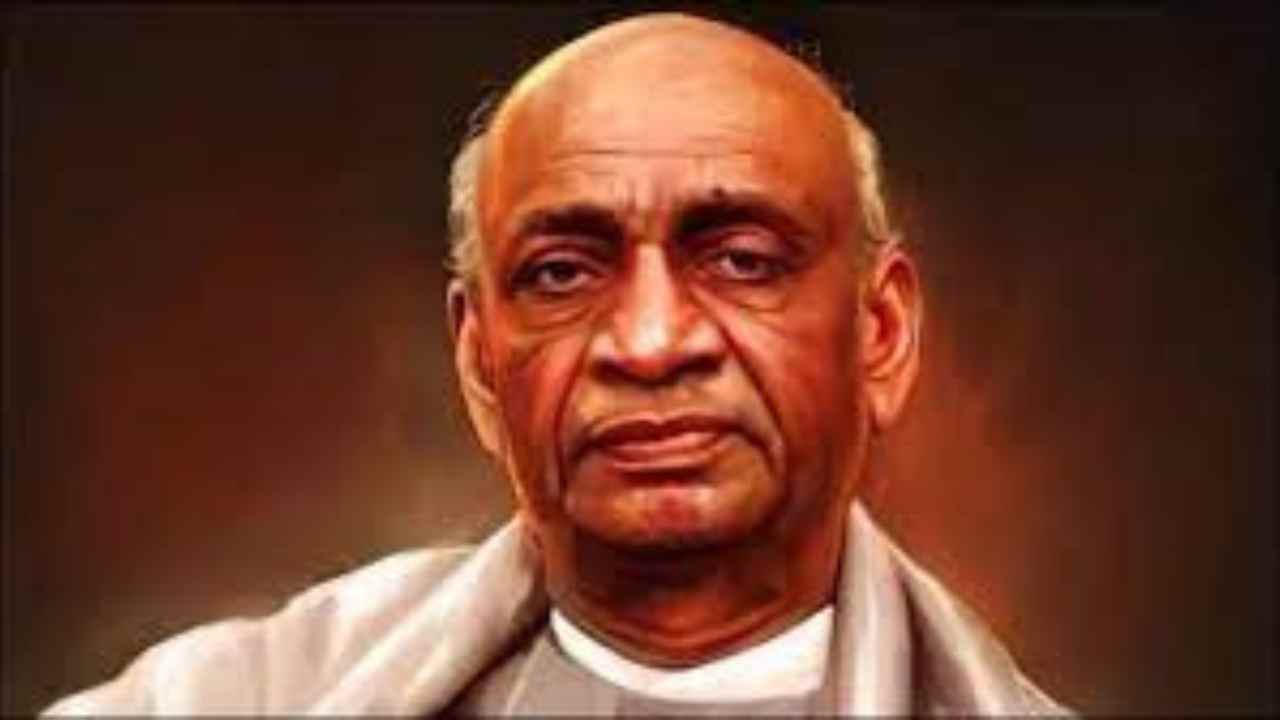Sardar Vallabhbhai Patel

Sardar Vallabhbhai Patel (1875-1950), commonly known as Sardar Patel, was one of the most prominent and influential leaders in India’s struggle for independence from British colonial rule. He is often referred to as the “Iron Man of India” for his steadfast determination and unifying efforts. Here is an overview of his life and contributions:
- Early Life and Education: Sardar Patel was born on October 31, 1875, in Nadiad, a small town in the state of Gujarat, India. He studied law in England and became a barrister.
- Entry into Politics: Patel was deeply influenced by the Indian National Congress and Mahatma Gandhi’s principles of non-violence and civil disobedience. He joined the freedom movement and quickly rose through the ranks of the Congress party.
- Leadership Role: Patel played a pivotal role in various freedom movements, including the Non-Cooperation Movement and the Civil Disobedience Movement. He was known for his organizational skills and his ability to mobilize people.
- Bardoli Satyagraha: Sardar Patel earned recognition for his leadership during the Bardoli Satyagraha in 1928, where he led a successful protest against unfair tax practices imposed by the British on farmers in Bardoli, Gujarat.
- Integration of Princely States: One of Patel’s most significant achievements was his role in integrating the princely states into the newly independent India. He worked tirelessly to persuade the princely rulers to join the Indian Union, ensuring the territorial integrity of India. His efforts resulted in the successful integration of over 560 princely states.
- First Deputy Prime Minister and Home Minister: After India gained independence on August 15, 1947, Sardar Patel served as the country’s first Deputy Prime Minister and the Minister of Home Affairs in Jawaharlal Nehru’s government. He played a crucial role in shaping India’s domestic policies and ensuring law and order during the challenging period of partition.
- Statue of Unity: To honor Sardar Patel’s contributions, the “Statue of Unity,” which is the world’s tallest statue, was erected in his honor in the state of Gujarat. The statue stands at 182 meters (597 feet) and was inaugurated on October 31, 2018.
- Death: Sardar Vallabhbhai Patel passed away on December 15, 1950, at the age of 75. His death marked the loss of a revered leader who had played a crucial role in India’s struggle for independence and its early post-independence nation-building.
Sardar Vallabhbhai Patel’s dedication to the unity and integrity of India, his leadership during the freedom struggle, and his pivotal role in integrating the princely states make him a beloved figure in Indian history. His legacy as the “Iron Man of India” endures, and his contributions to the nation continue to be celebrated.
Specific Content Keywords :Sardar Vallabhbhai Patel,Iron Man of India,Indian independence movement,Integration of India,Statue of Unity,Unity Day,Indian National Congress,First Deputy Prime Minister,Minister of Home Affairs,Bapu (referring to Mahatma Gandhi),Sardar Patel Stadium,Narmada River,Bardoli Satyagraha,Bardoli Resolution,Hyderabad Police Action,Junagadh and Manavadar,Bikaner, Jodhpur, and Jaipur,State reorganization,Iron and Steel,Committee,Statue of Unity.
Related Links

